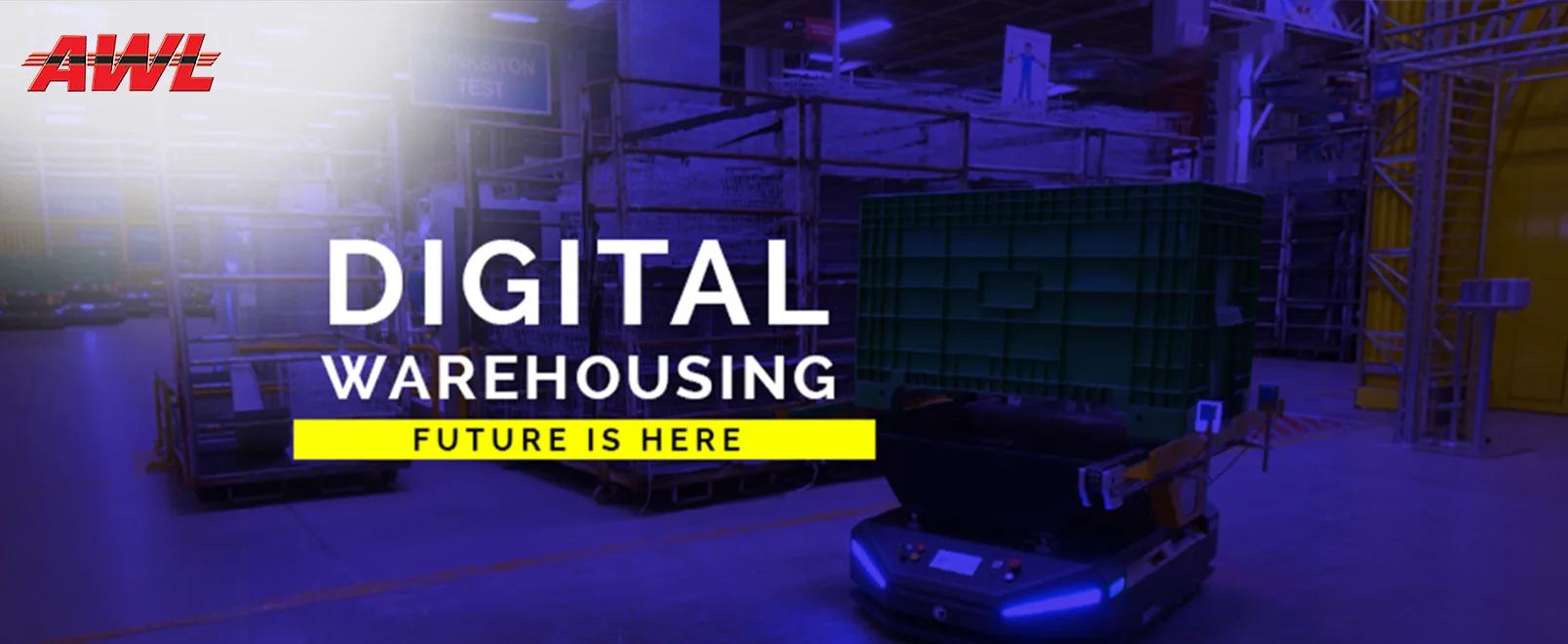
With the growth e-commerce spectrum across the world, the demand for faster delivery, the response from the clients with less or no errors, warehouses are required to pull their socks up. In order to meet the demands and standards of an intelligent, efficient warehouse, supply chain business owners need to keep a check on some of the aspects of the industry. The coming years will definitely witness a significant upgrade in the way technology is used in the warehouses and change the warehouses operate.
According to a recently conducted survey, by MHI Annual Industry Report. 80% of the supply chain management business owners feel that digitization will bring a significant disruption in the industry. 16% of the respondents believe that technology is already creating disruption and resulting in competitive advantages.
Some of the major aspects of a digital warehouse in India, particularly those looking for growth in the future are not be ignored. These very aspects are now on their way to making warehouse digitalization a reality.
Mobility Solution for Warehouses
The world of warehousing has seen a transition from fixed desktop workstation to smartphones and mobile devices. Apps and devices in which fuel mobility for the employees of a warehouse are going a long way by allowing them to work and access data on the go, inside and outside the warehouse. Warehouse mobility is one of the most secure areas to invest in so long as it is well planned and strategically aligned with operational needs.
Autonomous Guided Vehicles - AGV's or better known as Autonomous Guided vehicles are the future substitutes for forklifts. It will revolutionize the methods of cargo transportation inside and outside the warehouse.
Smart Analytics and Machine Learning - Warehouses play a key role in customer satisfaction through product demand prediction using resources at hand. Managers of various warehouses have shown interest in data interpretation to anticipate stocks, optimize warehouse capacity and asset utilization.
This is where predictive analytics come in as it makes use of statistical techniques such as predictive modeling, big data, and data mining to analyze historical trends and make predictions about the future. Predictive analytics coupled with Artificial intelligence is an effective tool for maintaining and replenishing inventory levels, increasing operational efficiency, and warehouse optimization overall.
Bring technology and people together - Another feature of a modern warehouse is to build a stable connection between people and technology-enabled by wearables. This type of technology allows warehouse employees access to a wide spectrum of information regardless of their location environment and physical constraints.
Real-Time Inventory Management - High success of the e-commerce platform is exerting huge pressure on warehouse managers for inventory management. Technology like smart sensors, RFID (Radio Frequency Identification), GPS, etc., provide end to end visibility of inventory. This helps in optimizing inventory management as well as in making the warehouse safer while increasing visibility.
Warehouse business owners need to soon come to terms with the reality of digitization in order to survive in competition and market pressure.

AWL India
Owner
